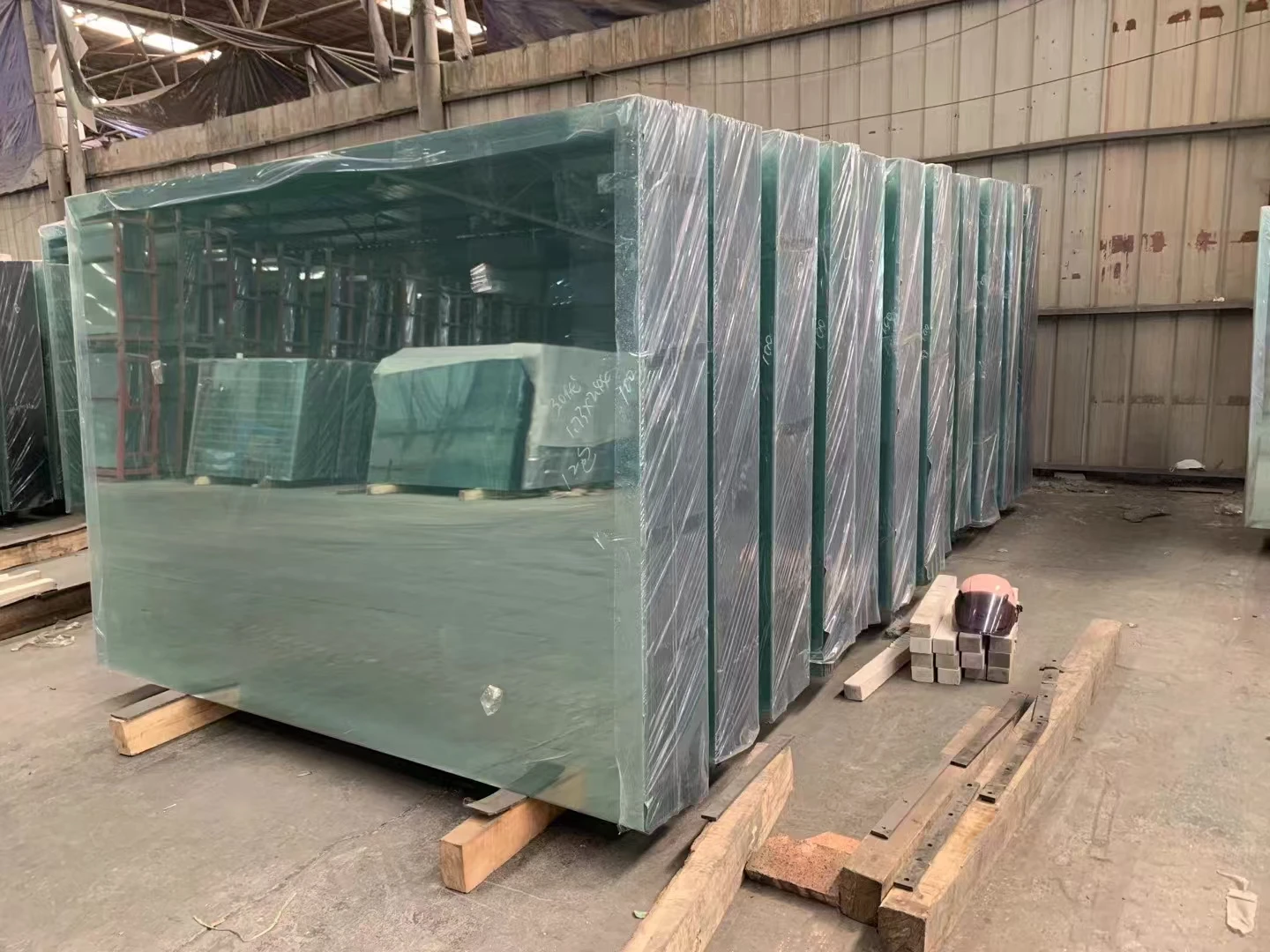Understanding Tempered Glass Insights from Product Data Sheets
Tempered glass, also known as toughened glass, is a type of safety glass that has been treated with heat or chemicals to increase its strength compared to standard glass. This enhanced durability makes it a popular choice in a variety of applications, ranging from residential and commercial buildings to automotive and safety applications. Analyzing the product data sheets (PDS) of tempered glass offers essential insights into its features, benefits, and specifications, guiding architects, builders, and consumers in making informed decisions.
Manufacturing Process
The tempering process begins with the glass being cut to size and subjected to high temperatures, typically reaching around 600 degrees Celsius. Once the glass is heated uniformly, it is rapidly cooled using air jets. This process, known as quenching, creates compressive stresses on the surface of the glass while generating tensile stresses in the core. The result is a product that is significantly stronger than regular glass, able to withstand impacts and thermal stress more effectively.
Key Features and Benefits
1. Strength and Safety One of the primary advantages of tempered glass is its increased strength. It is five to six times tougher than standard glass of the same thickness. In the event of breakage, tempered glass shatters into small, blunt pieces that are less likely to cause injury, making it a safer alternative in environments such as schools, hospitals, and public buildings.
2. Thermal Resistance Tempered glass can withstand high temperatures and sudden temperature changes, making it ideal for applications like shower doors, glass facades, and even in some cooking appliances. The PDS often details the glass's thermal endurance, with critical information such as maximum allowable temperatures and thermal shock resistance.
3. Design Versatility Another appealing aspect of tempered glass is its aesthetic versatility. Available in various colors, finishes, and thicknesses, it can be customized to meet specific design needs. Architects and designers often consult the PDS to find suitable options for their projects, ensuring that the glass not only meets safety standards but also complements the overall design.
4. Energy Efficiency Many types of tempered glass can integrate low-emissivity (Low-E) coatings that help improve energy efficiency by minimizing heat transfer. This feature is particularly advantageous for commercial buildings aiming for sustainability and reduced energy costs, as highlighted in the PDS.
Applications of Tempered Glass
tempered glass product data sheet
Tempered glass is utilized in numerous applications due to its beneficial properties
- Building and Construction It is commonly used in windows, doors, and curtain walls. The PDS specifies load-bearing capacities and dimensional tolerances critical for structural applications.
- Automotive In vehicles, tempered glass is used for side and rear windows. The safety features outlined in the data sheets comply with strict automotive standards.
- Furniture and Interiors From table tops to shelving, the clean and modern look of tempered glass enhances interior design while maintaining durability.
- Safety and Security Used in areas requiring impact resistance, such as sports arenas or protective barriers, the PDS includes information about safety certifications and compliance with relevant standards.
Compliance and Standards
A crucial aspect highlighted in the product data sheet is compliance with international standards such as ASTM, ANSI, and ISO. These standards ensure that the tempered glass meets stringent safety and quality requirements. Looking for certifications on the PDS can help ensure that the glass will perform as expected in real-world conditions, thereby safeguarding end users.
Conclusion
Tempered glass is a remarkable material that combines strength, safety, and aesthetic versatility. By examining product data sheets, consumers and professionals can gain valuable insights into the characteristics and specifications of tempered glass, making informed choices about its use in their projects. As its applications continue to expand, understanding the fundamentals outlined in PDS will enable the effective integration of tempered glass into architecture, design, and manufacturing, paving the way for innovative solutions in the glass industry.
 Afrikaans
Afrikaans  Albanian
Albanian  Amharic
Amharic  Arabic
Arabic  Armenian
Armenian  Azerbaijani
Azerbaijani  Basque
Basque  Belarusian
Belarusian  Bengali
Bengali  Bosnian
Bosnian  Bulgarian
Bulgarian  Catalan
Catalan  Cebuano
Cebuano  Corsican
Corsican  Croatian
Croatian  Czech
Czech  Danish
Danish  Dutch
Dutch  English
English  Esperanto
Esperanto  Estonian
Estonian  Finnish
Finnish  French
French  Frisian
Frisian  Galician
Galician  Georgian
Georgian  German
German  Greek
Greek  Gujarati
Gujarati  Haitian Creole
Haitian Creole  hausa
hausa  hawaiian
hawaiian  Hebrew
Hebrew  Hindi
Hindi  Miao
Miao  Hungarian
Hungarian  Icelandic
Icelandic  igbo
igbo  Indonesian
Indonesian  irish
irish  Italian
Italian  Japanese
Japanese  Javanese
Javanese  Kannada
Kannada  kazakh
kazakh  Khmer
Khmer  Rwandese
Rwandese  Korean
Korean  Kurdish
Kurdish  Kyrgyz
Kyrgyz  Lao
Lao  Latin
Latin  Latvian
Latvian  Lithuanian
Lithuanian  Luxembourgish
Luxembourgish  Macedonian
Macedonian  Malgashi
Malgashi  Malay
Malay  Malayalam
Malayalam  Maltese
Maltese  Maori
Maori  Marathi
Marathi  Mongolian
Mongolian  Myanmar
Myanmar  Nepali
Nepali  Norwegian
Norwegian  Norwegian
Norwegian  Occitan
Occitan  Pashto
Pashto  Persian
Persian  Polish
Polish  Portuguese
Portuguese  Punjabi
Punjabi  Romanian
Romanian  Russian
Russian  Samoan
Samoan  Scottish Gaelic
Scottish Gaelic  Serbian
Serbian  Sesotho
Sesotho  Shona
Shona  Sindhi
Sindhi  Sinhala
Sinhala  Slovak
Slovak  Slovenian
Slovenian  Somali
Somali  Spanish
Spanish  Sundanese
Sundanese  Swahili
Swahili  Swedish
Swedish  Tagalog
Tagalog  Tajik
Tajik  Tamil
Tamil  Tatar
Tatar  Telugu
Telugu  Thai
Thai  Turkish
Turkish  Turkmen
Turkmen  Ukrainian
Ukrainian  Urdu
Urdu  Uighur
Uighur  Uzbek
Uzbek  Vietnamese
Vietnamese  Welsh
Welsh  Bantu
Bantu  Yiddish
Yiddish  Yoruba
Yoruba  Zulu
Zulu 

